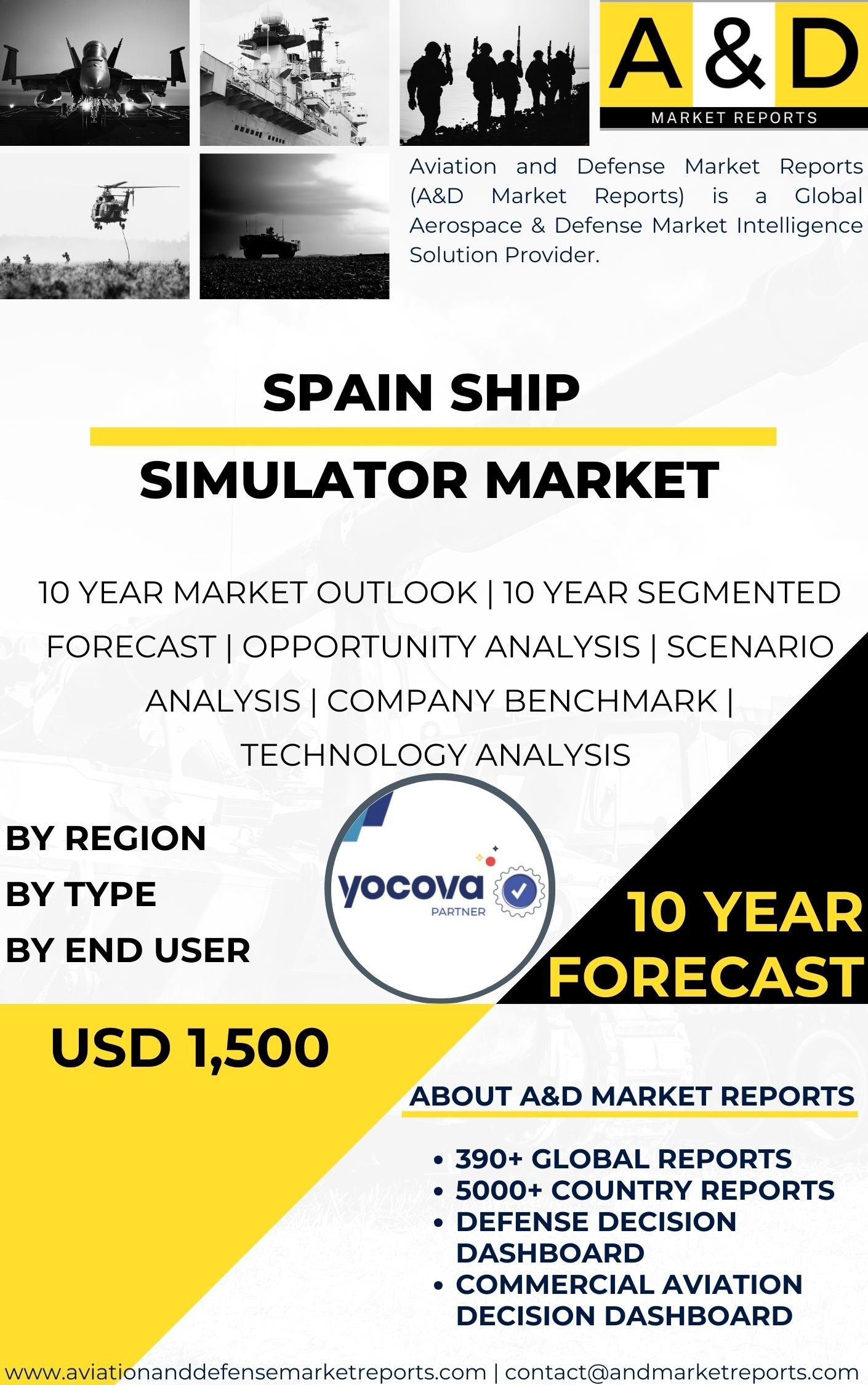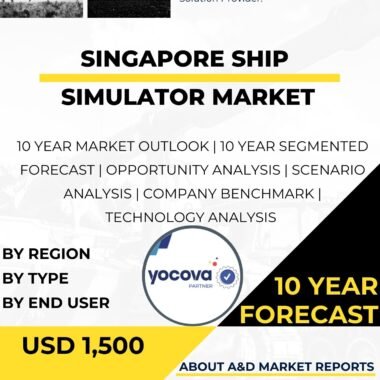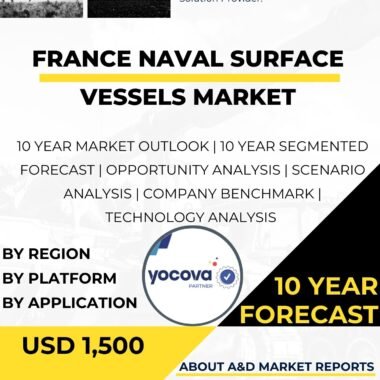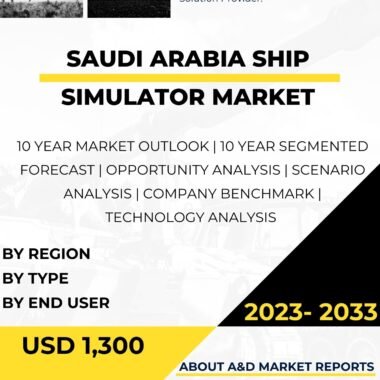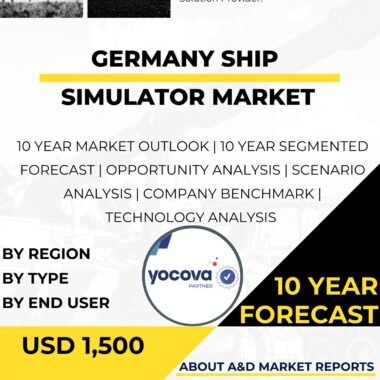Description
The Spain Ship Simulator Market is a crucial and rapidly growing sector that plays a pivotal role in maritime training, safety, and operational efficiency. Ship simulators are advanced training systems that replicate real-world maritime scenarios, providing a safe and cost-effective environment for training ship crews, maritime professionals, and naval personnel. The Spain Ship Simulator Market is driven by factors such as the increasing demand for skilled maritime workforce, the need for safer and more efficient maritime operations, and the country’s strategic maritime interests.
The growth of the Spain Ship Simulator Market can be attributed to several key factors. First and foremost, the maritime industry is a significant contributor to Spain’s economy, with extensive shipping, fishing, and naval activities. Ensuring a skilled and competent maritime workforce is essential for maintaining the country’s maritime competitiveness and safety standards. Ship simulators provide a realistic and immersive training experience, allowing seafarers and maritime professionals to acquire essential skills and expertise without the risks associated with on-the-job training.
Moreover, the increasing emphasis on safety in maritime operations has driven the adoption of ship simulators. These training systems allow ship crews to practice emergency response procedures, navigation in challenging conditions, and complex maneuvers, enhancing their preparedness to handle real-life emergencies and potential hazards.
The Spanish Navy’s commitment to enhancing naval capabilities and operational readiness has also driven the growth of the Ship Simulator Market. Investing in advanced naval simulators is a priority for ensuring that naval personnel are trained to handle a wide range of maritime scenarios and operate vessels effectively and safely.
Furthermore, the Spain Ship Simulator Market benefits from collaboration and joint training programs with other European nations. Spain’s involvement in joint naval initiatives fosters technological exchange, cost-sharing, and interoperability between ship simulators, promoting a stronger and more capable European maritime defense ecosystem.
In addition to their applications in naval training, ship simulators have crucial applications in the commercial maritime sector. Shipping companies use ship simulators to train their crews in various scenarios, including navigating through busy ports, handling different types of vessels, and complying with international maritime regulations.
The versatility of ship simulator technology is another significant driver of market growth. Ship simulators can be adapted to various vessel types, including merchant ships, fishing vessels, and naval warships, providing the Spanish Navy, commercial shipping industry, and maritime training institutions with a comprehensive and adaptable training capability.
However, the growth of the Spain Ship Simulator Market also presents challenges. One of the primary concerns is the need for continual investment in ship simulator technology and content development to keep pace with advancements in the maritime industry. As maritime practices evolve, continuous innovation is essential to ensure that ship simulators remain at the forefront of maritime training capabilities.
Moreover, ensuring the accuracy and fidelity of ship simulator training scenarios is of paramount importance. Ship simulators must replicate real-world conditions with precision, including environmental factors, vessel dynamics, and communication protocols, to provide trainees with a realistic training experience.
Another challenge lies in addressing the issue of cost-effectiveness and affordability. Ship simulators can be expensive to acquire and maintain, especially for smaller maritime training institutions. Ensuring that ship simulators are accessible and affordable to a wide range of users becomes essential for sustaining market growth and improving maritime training standards.
Furthermore, the Spain Ship Simulator Market must address regulatory considerations and certification requirements. Ship simulators used for maritime training must meet international standards set by organizations such as the International Maritime Organization (IMO) and be certified by relevant maritime authorities.
In conclusion, the Spain Ship Simulator Market is a critical enabler of maritime training and safety, providing advanced training systems for naval personnel, seafarers, and maritime professionals. The market’s growth is driven by the increasing demand for skilled maritime workforce, the need for safer and more efficient maritime operations, and collaboration in joint naval training initiatives with other European nations. Ship simulators enhance the overall maritime training standards, operational readiness, and safety of the Spanish Navy, commercial shipping industry, and maritime training institutions, contributing to a skilled and competent maritime workforce and safer maritime operations. However, challenges related to technological advancement, accuracy, cost-effectiveness, and certification must be addressed to ensure the continuous effectiveness and resilience of ship simulators in meeting maritime training requirements and supporting Spain’s strategic maritime interests. As technology continues to evolve, ship simulators will remain a critical aspect of modern maritime training strategies, shaping the future of training and safety standards in the Spanish maritime industry and beyond.
